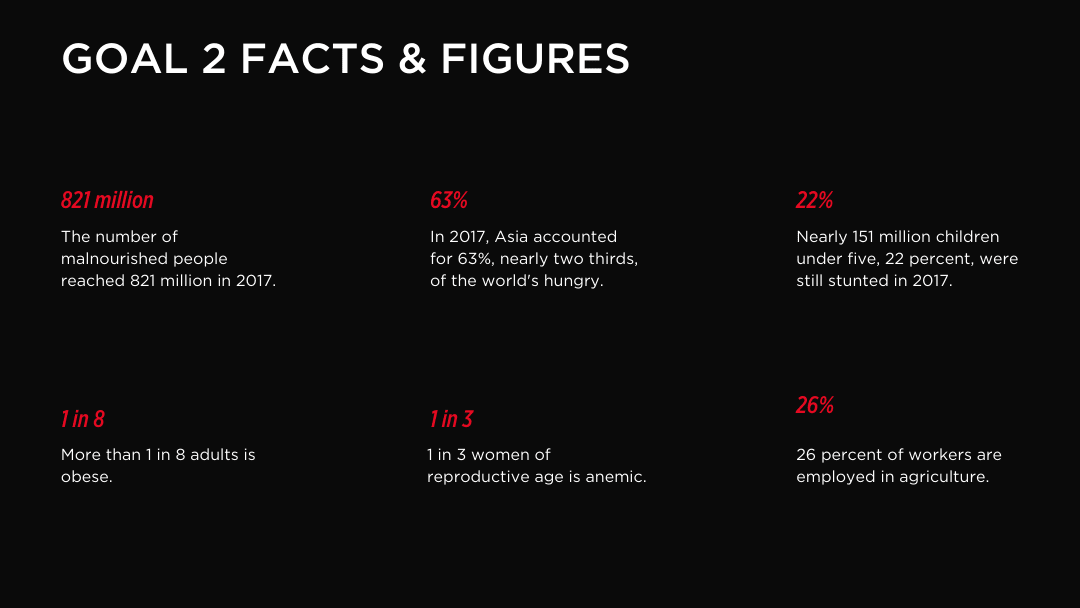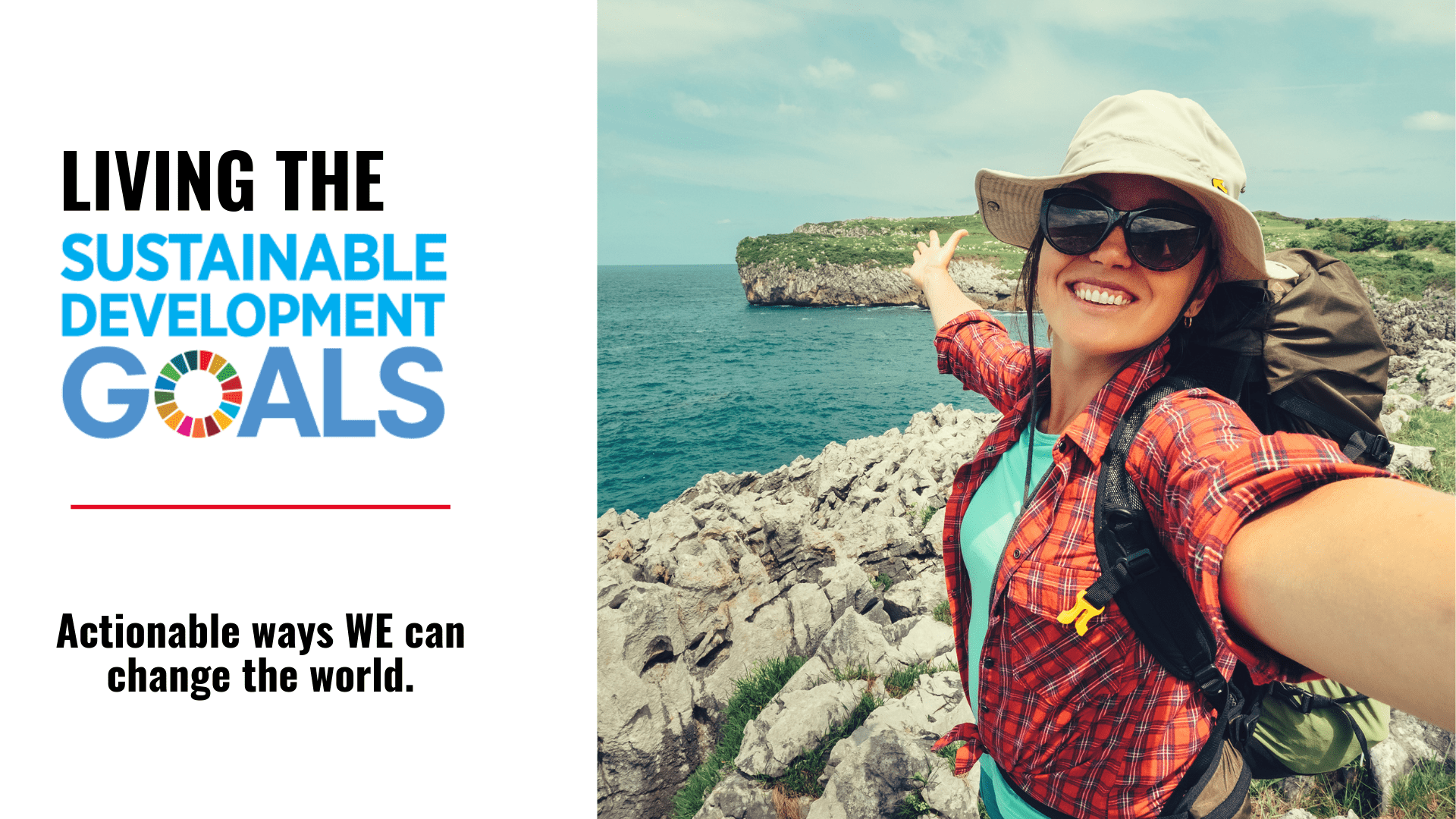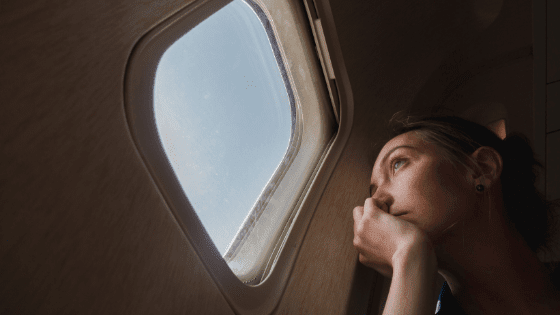Goal 2: Zero Hunger

What a world we’d live in if hunger was a problem of the past.
It is hard to believe sometimes that, despite all of the abundance we see around us every day, the choices we face regarding what our taste buds crave, the amounts of food we see wasted as a result of excesses, millions go to bed hungry.
And yet, in 2019, the elimination of hunger remains a goal – a global goal.
Every goal in the 17 SDGs seems almost utopian on the surface. Luckily every goal also comes with the key metrics and specifics targets that help lead governments and individuals alike to align their strategies, measure their progress, and lay out specific areas that must be worked on to achieve them.
The Sustainable Development Goals continue to have a massive impact on the work we do at AM&A. Why? Because every day through our work we try to make the connection between Tourism and why the SDGs matter. From Anita’s presentations to tourism leaders around the globe, to shaping the strategies we suggest to clients, the Global Goals must be at the center of what we do – particularly in Tourism. With every goal we interpret, with every goal we implement into our daily lives, it becomes more and more clear how needed, how urgent, how impactful the Sustainable Development Goals can be for our future.
SDG #2 is one of the first that forces you, me, all of us, to deeply consider its practical meaning. I don’t know what it is to be hungry. To be honest, I’ve always struggled with the other side of the spectrum – eating too much. Growing up in a low-income family, the food wasn’t always nutritious, but it was always readily available. I can’t think of any society or culture that doesn’t revolve around food: dinner on the table brings families together after a long day, it breaks through cultural, political and linguistic barriers, and connects us when celebrating life’s momentous moments. Whether in Thanksgiving, matrimony, celebrations of faith, or even death – food is often at the heart.
And its presence can be taken for granted – healthy or not, abundant or not.
Yet, so many people on the planet struggle to get enough food to even survive. This basic human need is not being met for 821 million around the world who are chronically malnourished. 90 million of those are children under 5.
Today we are going to talk about Goal 2 of the Sustainable Development Goals: Zero Hunger. Meeting this goal will end all forms of hunger and malnutrition by 2030 and ensure that all people, especially children, have sufficient and nutritious food all year long.
This involves promoting sustainable agricultural, supporting small-scale farmers and equal access to land, technology and markets. It also requires international cooperation to ensure investment in infrastructure and technology to improve agricultural productivity.
Nobody should miss out on a childhood, going to school, or a future because of hunger. Particularly when there is just so much to go around.

Why does hunger exist?
Just as we learned when discussing Goal 1: No Poverty, global inequality is shocking.
1 in 8 adults around the world are obese. In the US and Europe, the number is hardly surprising, in Western developed nations the numbers jump to 1 in 3. While food security is an issue for families globally, 2/3rds of undernourished people worldwide live in only two regions: Sub-Saharan Africa and Southern Asia.
But why is there such a disconnect between the over-fed and under-fed?
Famines, food shortages/crises typically caused by drought or war, are responsible for the most severe cases of global starvation. According to the United Nations, there is a famine if:
- 20% of households suffer from extreme food shortages,
- 30% of the population is acutely malnourished; and
- Two out of every 10,000 people, or four children, die daily from food shortages.
Nigeria, Somalia, South Sudan, and Yemen are in hunger crisis with 20 million at risk of starvation and death. Armed conflict and climate change are the main culprits. Droughts have caused fields to go dry, cattle to die, and starvation to become the norm. Additionally, as of 2017, 37 countries depended on food aid – 28 of which are located in Africa.
Population growth, debt, corruption, and disease also contribute to the inability of some countries to produce enough food for their citizens.

what is the effect of hunger?
The Food and Agricultural Organisation of the United Nations says that chronic hunger happens if a person’s daily energy intake for an extended period of time is below what they need for a healthy and active life’. This typically equates to less than 1,800 calories a day. Using this measure, 226.7 million people are starving in Africa alone.
Hunger isn’t just about malnutrition, it has a far reaching effect on every part of life. Hunger stunts brain development and can be a major obstacle for children who don’t have the energy to reach school or the concentration to digest material. Many children are also forced to leave education to help support their families. Without an education, there are less people to enter the workforce and contribute to their country’s development.
It’s a vicious circle, but one that we can break.
is zero hunger achievable?
Up until 2017, the number of people suffering from hunger was on a major decline. Between 1990 to 2015, global hunger dropped by almost half – in large part to the UN’s Millenium Goals. Unfortunately over the past couple years the numbers are steadily increasing again – particularly in Sub-Saharan Africa.
But hope is not lost. With world leaders committed to ending world hunger by 2030, and individuals like us doing what we can in our own communities, the future looks positive. It’s been estimated that we could end world hunger permanently at a cost of $30 billion a year. That may seem like a lot, but to put it in perspective the US spends $737 billion a year on defense alone. According to the UN if we put $160 per person a year living in extreme poverty, world hunger would be completely eradicated by 2030.
Most of us don’t have that kind of pocket change lying around, and per person sponsorships aren’t feasible, but we can make small, conscious actions that can add up to make a big difference. Here are some ways that we as individuals can end world hunger.
actionable ways for individuals to end world hunger
1. Shop Purposefully
When we spoke about Goal 1: Eliminating Poverty, we learned that the UK’s largest food bank gave away 1.6 million packs of food supplies – a 19% annual increase from 2017. More and more people in communities around the world are having to rely on additional provisions to make ends meet.
When you do your weekly shop, add one or two extra items for food bank donation. Many grocery stores in the UK have a food donation box at the end of the check-outs area. Check to see if your local store offers a collection point, and if they don’t – consider setting one up with a local charity. It’s such a low-effort way to make a big difference to locals in your area.
Reach out to your local food bank or organisations working to feed the community and ask how you can donate. If we all added two items of food to our weekly shop, this would amount to 104 food items that could entirely eliminate food insecurity for a local family.
Shop online? Online grocery shopping is the fastest growing purchase channel, in both value and growth. (I probably do 1/4th of my shopping online in any given month.) While you can still add-on items for food donation, if you’re more of an online type person, you can also donate to charities through their websites who have fighting world hunger in their core mission.
A wonderful example is Mary’s Meals, a charity that provides life-changing meals to some of the world’s poorest children every day that they attend school. Only £13.90 (approx. $17.85) provides one child with a meal a day for a year. For every US$ 1 you give, 93c is spent directly on their charitable activities. Today they feed over 1 million children a day. Think about it – for less than US 10c a day a child is fed, unlocking their ability to learn, to grow, to be hopeful. If you happen to live in Scotland, Mary’s Meals has seven charity shops where you can donate your unwanted goods that will be sold and converted into food for hungry children worldwide.

2. Encourage Food Share
Food waste is a root cause of world hunger worldwide, global food waste could feed the world’s hungry four times over. Globally we waste 1.3 billion tonnes of food every year, that’s about 1/3rd of the total amount of food produced for human consumption. In short, there’s enough food for everyone.
More businesses than ever are now actively working towards cutting down or eliminating their food waste. Put your money into businesses that you know are doing their part to fight waste and hunger in your community. In the US alone, 43 billion pounds of food is thrown away by grocery stores. In the UK, it’s estimated that restaurants and cafes throw away approximately 320 million fresh meals a year.
Friends of Champions 12.3 is a group of CEOs who are leading progress to achieve the UN’s SDGs target 12.3: Global Food Loss and Waste as part of Goal 12: Responsible Consumption and Production. While there are not near enough big companies who’ve made the pledge, there are some that may be local to you who are doing their part.
Aldi for example has committed to halving their operational food waste by 2030. Last year in the UK they donated over 2 million meals through local organisations. They’ve also looked at their supply chain and have been actively reducing waste by not purchasing it in the first place.
You can see the full list of members in the Friends of Champions 12.3 here.
If you do a quick Google search of your local grocery store name + food waste, you should get a result for their policies and efforts. If not, reach out. Consumers drive what businesses ultimately value: let them know it matters to you.
Of course, limiting your own food waste is important as well. Meal planning is a great way to ensure that you only buy what you need. Bring a list, and stick to it. Utilise your leftovers by putting them toward additional meals or incorporating them into a recipe in a new way – be inventive!

3. Eat Local and Seasonally
There are some fresh food items we love to buy year-round. I, for example, love avocados – which unsurprisingly is not a fruit that grows well in the UK climate. The simple avocado that I grew up eating like apples doesn’t just appear in the UK – most of mine are plastered with a sticker showing their origin as Mexico. Firstly it needs to be grown – due to supply and demand this now trending fruit has contributed to massive deforestation, greenhouse and carbon emissions (from both growing on a massive scale and transporting) and has affected local water supplies. An avocado toast on a Saturday morning always feels like a great choice, and I’m not saying let’s put a ban on guacamole, but we need to consider the socio-economic impact of our food choices.
Farmers in developing nations actually make up a majority of the world’s hungriest and poorest people. The World Economic Forum estimates that 500 million small farms produce 80% of food for the developing world. Due to unfair trade policies as well as industrialised nations moving production to these affected regions and taking away supply chains, rural farmers are left in hunger. War, famine, and other outside influences also affect these stats, but how is it that those who grow our food are going without?
Instinctively I thought that by choosing to buy seasonally I’d be taking away what business these farmers have, creating a negative impact on their livelihoods. It turns out though, in most cases, that if there is money to be made, someone bigger is going in and producing at such large volumes that smaller farmers can’t compete with price competition, market access or profit. (Food and Agricultural Organization) If their own communities are buying locally, and we are following suit, there is more than enough food to be produced for the hungry without shipping it out in bulk to those of us already living in excess. The exception to this, are the nations we discussed earlier, such as those in Sub-Saharan Africa, where outside influences such as climate have made agricultural production impossible.
Food tastes better in season, and supporting your local farmers is important for the agricultural development and success in your own community. Challenge your food choices, explore new varieties, and find ways to increase the positive impact of foods you consume.
You can find out what produce grows when in your area by using this map from Epicurious.
As I was reading about world hunger, there was an obvious cross-over with Goal 1: No Poverty. It’s logical: if you are living in extreme poverty, you aren’t getting enough food to eat either. Especially the right, healthy food.
We highly encourage you to go back and read about ways we can eliminate poverty if you haven’t yet had the chance. The SDGs don’t work alone – the 17 Goals are interrelated, interdependent. If we eliminate poverty, hunger would likely topple as a result. And when one SDG is addressed, the rest are given the nudge they need to step forward towards solutions that make today’s fundamental challenges history.
We as a global community have so much work to do. Our shared world hungers for action.
Let’s continue to work together, continue to make small changes in our everyday lives. It doesn’t need to be an overnight transformation – if we cannot sustain the positive impact we risk doing even greater damage.
Goal #2 matters, to millions. We need to be purposeful as we continue to consider ways that we, as individuals, together, can contribute to the SDGs towards 2030.
I’d like to invite you to take this journey with me, and AM&A, as I explore the 17 sustainable development goals. Each month we’ll focus on one goal and explore actionable ways that we as individuals can change the world.
Let’s #MakeTravelMatter


















